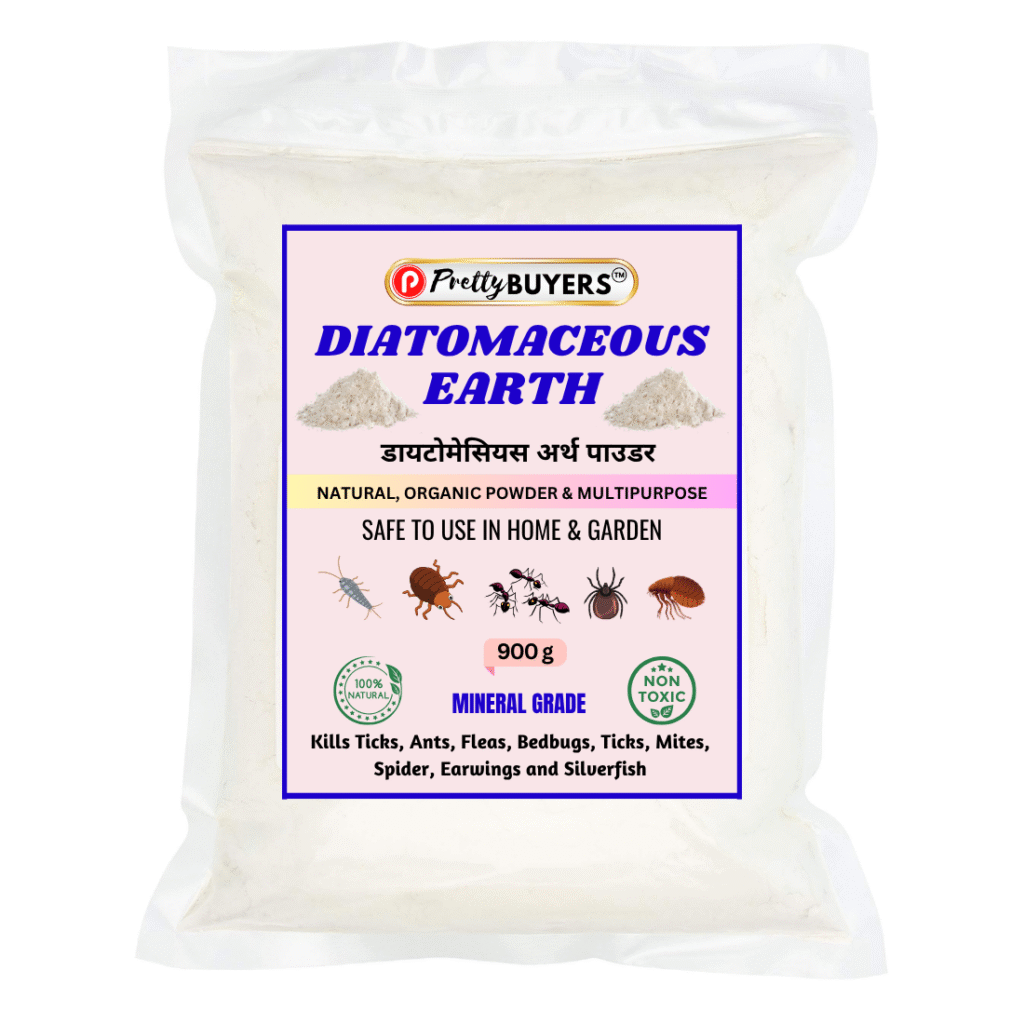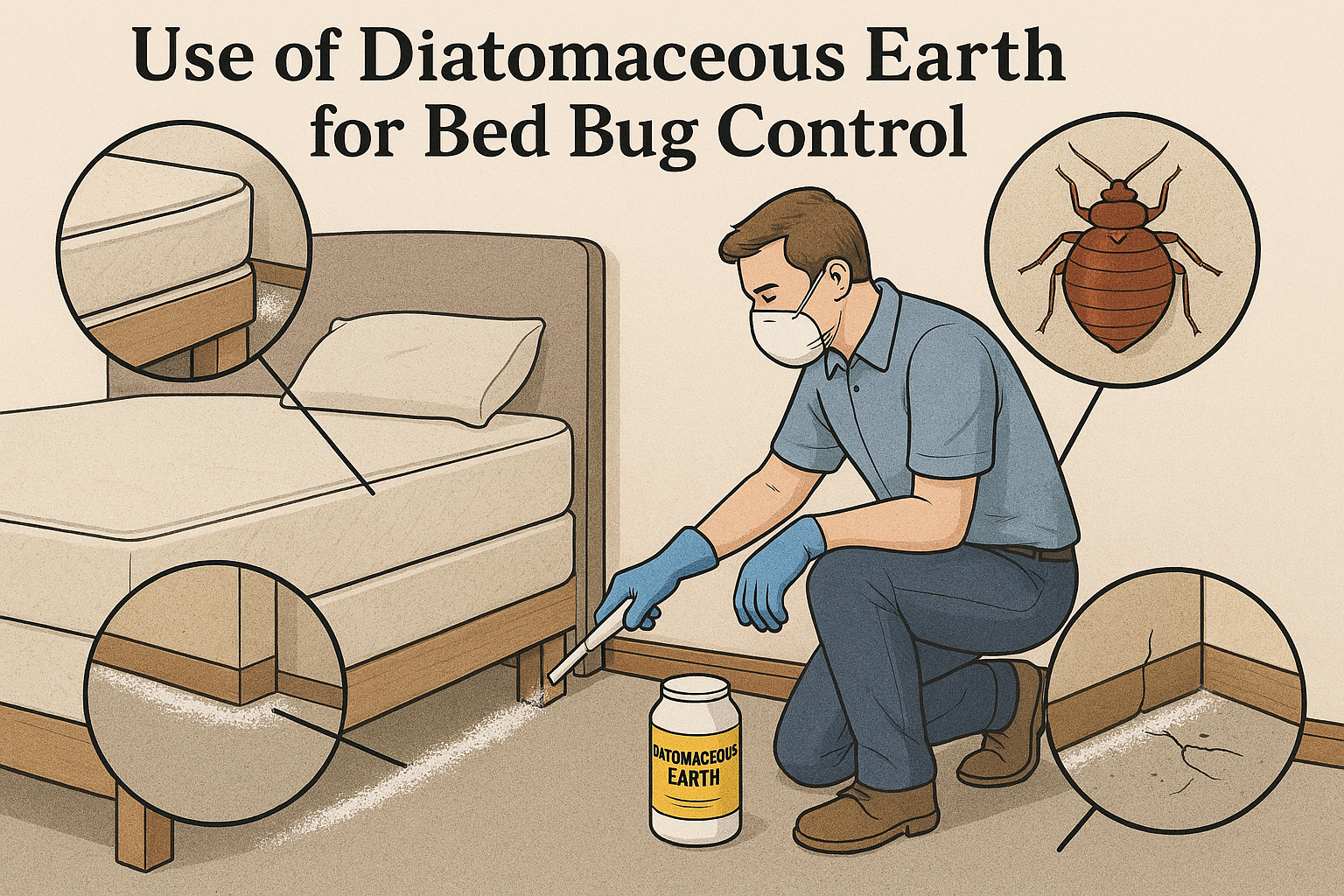Bed bugs are among the most persistent household pests, causing sleepless nights and frustration for homeowners worldwide. While chemical treatments are common, many people seek safer, eco-friendly alternatives. One such solution gaining popularity is Diatomaceous Earth (DE). This natural substance offers an effective, non-toxic way to combat bed bug infestations. In this blog, we’ll explore what DE is, how it works, and best practices for using it against bed bugs.
What is Diatomaceous Earth?

Diatomaceous Earth is a fine powder made from the fossilised remains of tiny aquatic organisms called diatoms. These microscopic skeletons are rich in silica, giving DE its abrasive and absorbent properties. It is widely used in agriculture, food storage, and pest control due to its natural origin and safety profile.
There are two main types of DE:
- Food-grade DE: Safe for humans and pets; often used in pest control.
- Pool-grade DE: Processed for filtration systems; not safe for pest control or household use.
How Does Diatomaceous Earth Kill Bed Bugs?
The mechanism is purely physical, not chemical:
- DE particles have sharp edges that damage the protective waxy layer of a bed bug’s exoskeleton.
- This causes dehydration as the insect loses moisture.
- Death occurs within 24–72 hours after contact.
Unlike chemical insecticides, bed bugs cannot develop resistance to DE, making it a reliable long-term solution.
Advantages of Using DE for Bed Bug Control
- Non-toxic: Safe for humans and pets when using food-grade DE.
- Eco-friendly: No harmful chemicals released into the environment.
- Cost-effective: Affordable compared to professional extermination.
- Residual effect: Continues working as long as it remains dry and undisturbed.
Step-by-Step Guide to Using DE Against Bed Bugs
1. Preparation
- Identify infested areas: mattresses, bed frames, cracks, baseboards, and furniture.
- Clean thoroughly: vacuum carpets, wash bedding in hot water, and reduce clutter.
2. Application
- Lightly dust DE in areas where bed bugs hide:
- Mattress seams and box springs
- Behind headboards
- Cracks and crevices in walls and floors
- Use a hand duster or brush for even distribution.
- Avoid over-application; a thin layer works best.
3. Safety Precautions
- Wear a mask during application to avoid inhaling fine particles.
- Keep DE dry; moisture reduces its effectiveness.
- Do not use pool-grade DE—it is harmful to humans.
4. Monitoring and Maintenance
- Leave DE in place for at least 7–10 days.
- Reapply after cleaning or vacuuming.
- Combine with other methods (heat treatment, encasements) for best results.
Limitations of DE
- Works slowly compared to chemical sprays.
- Ineffective if bed bugs avoid treated areas.
- Requires thorough application and patience.
Conclusion
Diatomaceous Earth is a powerful, natural tool for bed bug control when used correctly. It offers a safe, affordable, and eco-friendly alternative to chemical treatments. While it may not provide instant results, its long-lasting effect and resistance-proof nature make it an excellent addition to an integrated pest management strategy.













